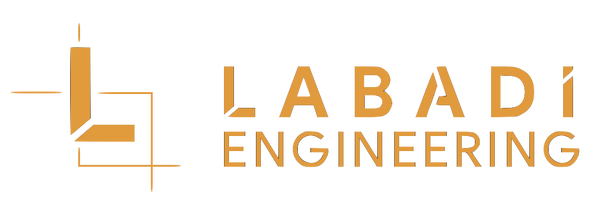
Maximizing Excavator Efficiency: Advanced Techniques and Best Practices
Share
In the competitive construction industry, optimizing the performance of heavy equipment can significantly impact project profitability. Excavators represent a substantial capital investment, making efficiency improvements particularly valuable. By implementing proven operational strategies and leveraging modern technology, operators can dramatically increase productivity while reducing fuel consumption and maintenance costs. These efficiency gains translate directly to improved project timelines and enhanced profitability.
Proper machine selection forms the foundation of excavator efficiency. Matching the machine size and capabilities to the specific project requirements prevents both underutilization and operational limitations. While a mini excavator for sale might offer excellent fuel efficiency and maneuverability, it may lack the capacity for large-scale earthmoving projects. Conversely, oversized equipment incurs unnecessary capital and operating costs while potentially sacrificing precision. Contractors should carefully analyze project specifications, including material volumes, working conditions, and space constraints, before selecting equipment.
Regular preventative maintenance represents one of the most effective strategies for maximizing excavator performance. Even minor mechanical issues can significantly reduce efficiency and potentially lead to catastrophic failures. Implementing a comprehensive maintenance schedule based on manufacturer recommendations ensures optimal mechanical condition. Particular attention should be paid to hydraulic system cleanliness, as contamination can dramatically reduce performance and component lifespan. For contractors operating in Queensland, establishing relationships with reliable construction machinery parts Queensland suppliers facilitates timely maintenance without excessive downtime.
Operator technique plays a crucial role in excavator efficiency. Experienced operators understand how to position the machine for optimal digging geometry, minimizing cycle times and reducing unnecessary movements. They also develop a feel for the hydraulic system, using smooth control inputs that maximize efficiency and reduce component stress. Investing in operator training yields substantial returns through improved productivity and reduced machine wear. Many equipment dealers and industry associations offer specialized training programs focused on efficiency techniques.
The selection and condition of ground engaging tools significantly impact excavator performance. Worn bucket teeth or blunted excavator ripper attachment points increase resistance and power requirements, reducing efficiency and increasing fuel consumption. Implementing a regular inspection and replacement program for wear components ensures optimal cutting performance. For specialized applications, selecting task-specific excavator buckets for sale can dramatically improve efficiency compared to using general-purpose alternatives.
Worksite planning and preparation create the conditions for maximum excavator efficiency. Properly designed access routes, material staging areas, and excavation sequences minimize repositioning requirements and optimize workflow. In complex projects, simulation software can identify potential bottlenecks and inefficiencies before equipment arrives on site. For material handling operations, strategic placement of trucks and stockpiles in relation to excavator working radius can significantly reduce cycle times. Some contractors specializing in heavy equipment attachments Gold Coast region have developed specialized site preparation techniques adapted to local conditions.
Modern technology offers numerous opportunities for efficiency improvements. Machine control systems using GPS or laser references enable operators to achieve precise grades without rework or staking. These systems display real-time bucket position relative to design elevation, eliminating guesswork and over-excavation. While representing an additional investment, the productivity gains from machine control typically deliver rapid payback periods. For contractors seeking an excavator for sale with these capabilities, manufacturer-integrated systems generally offer the most seamless implementation.
Attachment selection and utilization strategy can dramatically impact overall efficiency. The hydraulic grab attachment enables material handling operations that would otherwise require additional equipment or manual labor. Quick coupler systems allow rapid attachment changes without the operator leaving the cab, minimizing downtime between different phases of work. By thoughtfully analyzing project requirements and selecting appropriate attachments, contractors can often eliminate the need for multiple machines on site.
Fuel management represents a significant opportunity for cost reduction. Modern excavators typically offer multiple operating modes that balance performance against fuel consumption. Using eco modes for less demanding applications can reduce fuel consumption by 15-20% without significantly impacting productivity. Proper idle management alone can save substantial fuel costs, as unnecessary idling can consume 15-45% of total fuel on poorly managed sites. Some contractors now implement idle shutdown systems that automatically turn off engines after predetermined idle periods.
By implementing a comprehensive efficiency optimization strategy that addresses equipment selection, maintenance, operator technique, and worksite planning, contractors can significantly improve excavator performance. These improvements not only reduce direct operating costs but also enable more competitive bidding and improved project timelines. In an industry where margins are often tight, operating efficiency can represent the difference between profitability and loss.
